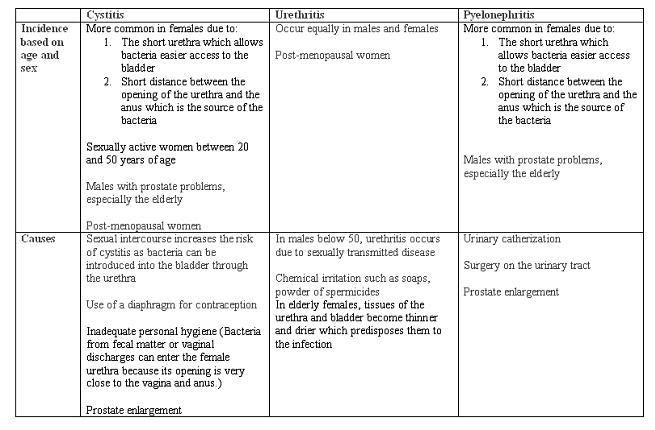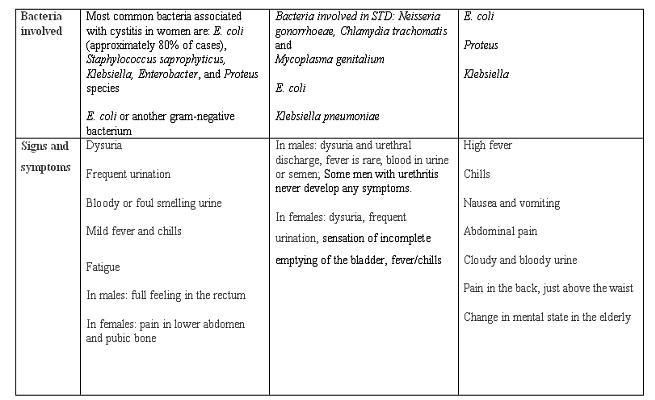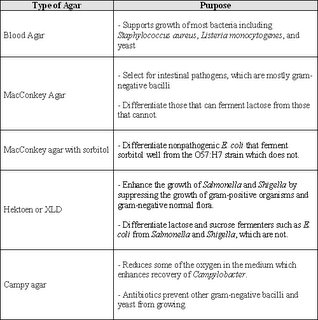Urinary tract infection (UTI) refers to the infection of the urinary system which consists of the kidneys, ureter bladder and urethra. All of the components of urinary system can become infected but most infections involve the lower urinary tract that includes the bladder and the urethra. UTI occurs less commonly in men than in women. This is because the urethra in males is longer, making it difficult for bacteria to ascend the urinary tract. The urethra is the tube that carries urine from the bladder to the outside of the body.
There are 3 main types of UTI. These include:
Cystitis
§ Inflammation of the bladder which most commonly affects women, but can affect all age groups from either sex
Urethritis
§ Inflammation of the urethra which occurs equally in males and females; however, data may be skewed because urethritis is under recognized in women.
Pyelonephritis
§ Infection of the kidneys, which may occur after an infection in the bladder, has spreaded to the kidneys.
The incidence of these 3 types of UTIs may vary according to gender and across different age groups. The causes, signs and symptoms and incidence of these 3 types of UTI are summarized in the table below.


With regards to the case of Khong Fay Fay, the most possible diagnosis could be a UTI of the bladder, aka cysitis. Under the clinical diagnosis, there were complaints of fever, chills and dysuria. Dysuria refers to the painful or burning sensation that is felt during urination. In women, dysuria reflects inflammation of the bladder or the kidneys caused by a bacterial infection. It could also reflect inflammation of the vagina or vulva.
The patient is 26 years of age and
could be sexually active. Hence, during sexual intercourse, bacteria could have been pushed up the urethra and easily into the bladder (since women have shorter urethra that allow bacteria to access the bladder more easily). This form of cystitis is also known as honeymoon cystitis.
If the patient is
not sexually active, cystits could have resulted due to improper hygiene practices when women wipe from back to front. This would result in the introduction of normal flora such as
E. coli from the anus to the urethra, leading to an opportunistic infection of the bladder and possibly the urethra. For her case, pyelonephritis is ruled out as symptoms of pyelnonephritis include a high fever, severe chills, nausea and vomitting which is not seen in this patient.
To further investigate the cause of UTI, midstream urine for microscopy and culture can be carried out. Test strips for blood, protein and nitrites may be used. The most common microorganims isolated is
E. coli, but other bacteria such as
proteus and Klebsiella pneumoniae which are normal flora of the bowels can be looked into. If the bacteria is transmitted during sexual intercourse, investigations for chlamydia and mycoplasma can be carried out.
References:
http://health.enotes.com/childrens-health-encyclopedia/cystitishttp://en.wikipedia.org/wiki/Cystitiswww.kidshealth.org/teen/sexual_health/stds/uti.htmlhttp://www.students.stedwards.edu/krodutahttp://health.ivillage.com/bv/bvbladkidney/0,,7850,00.htmlhttp://www.patient.co.uk/showdoc/40024549/












